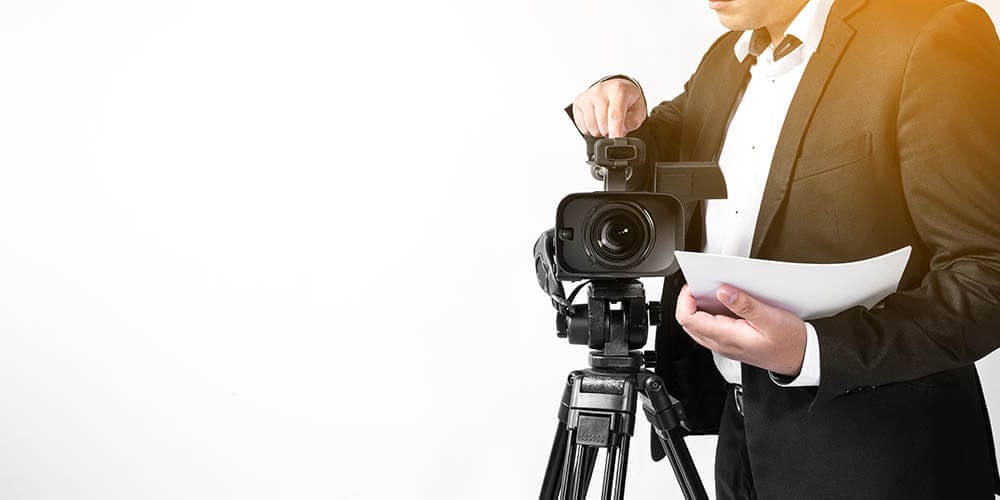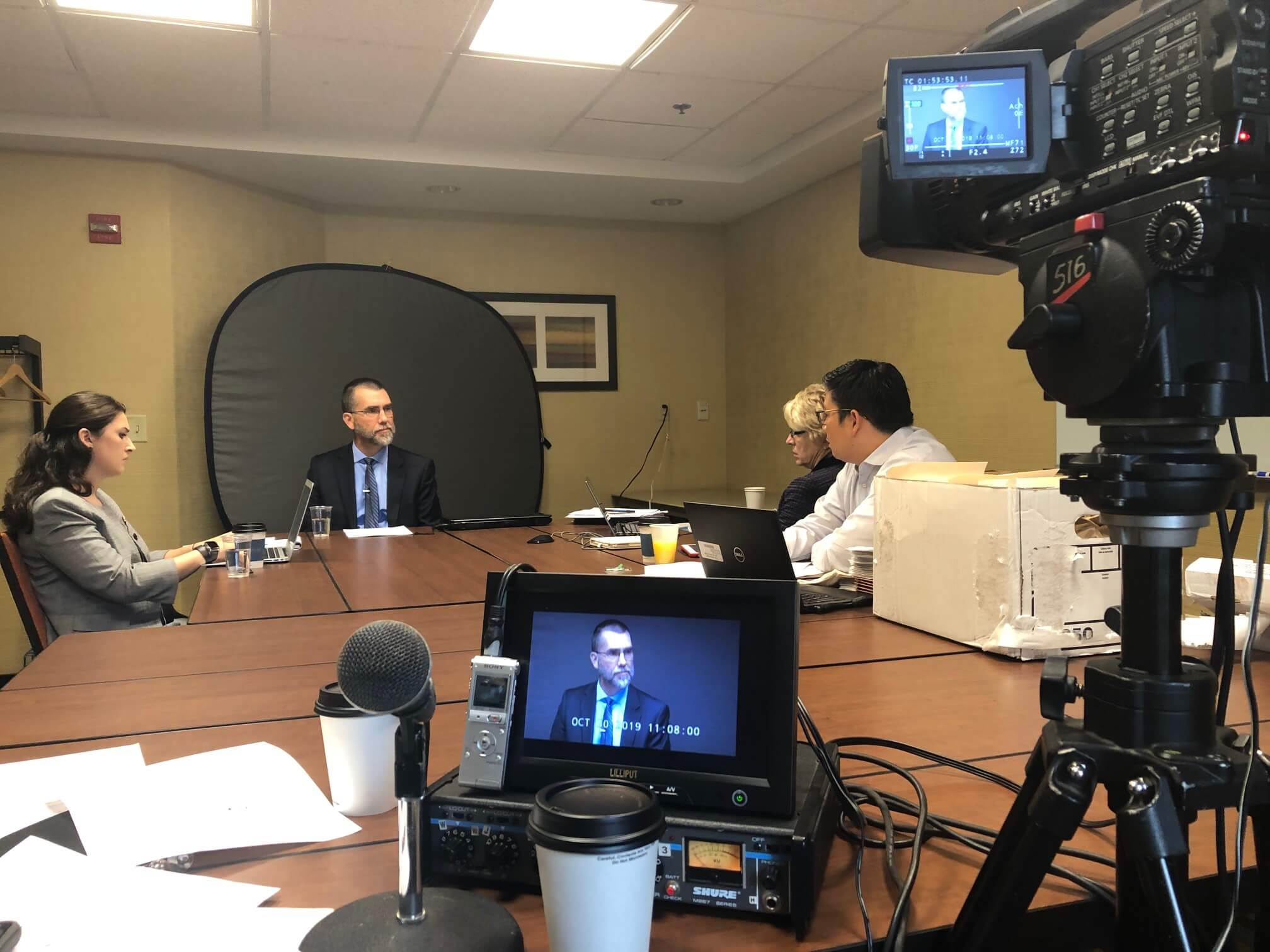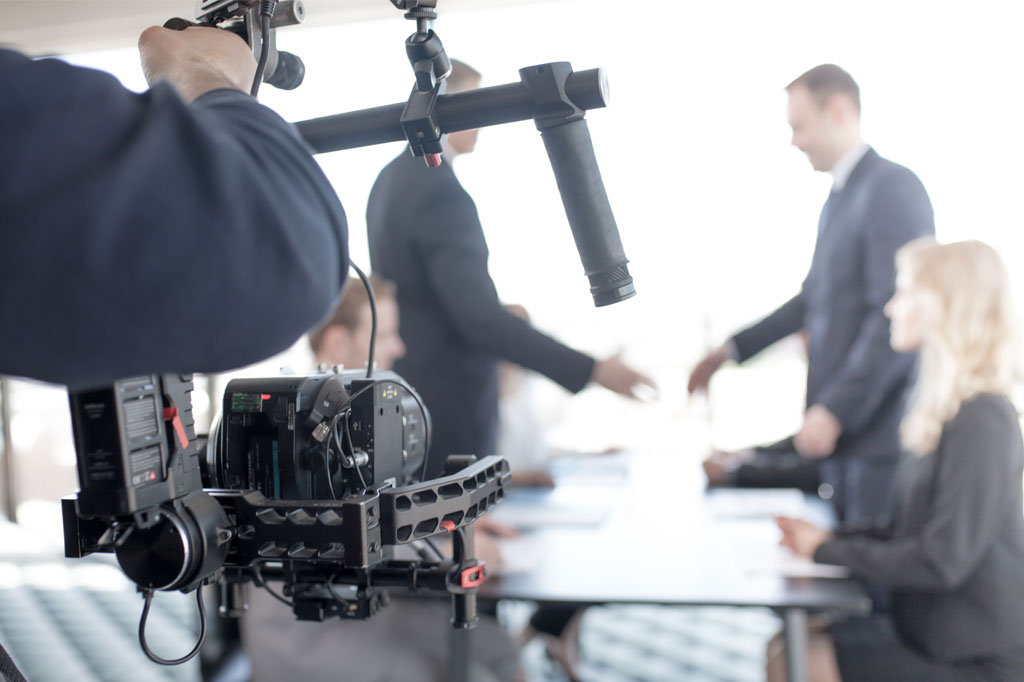The Role of Legal Videography in Modern Legal Process
Wiki Article
Looking Into the Systems of Lawful Videography: Introduction Its Operation in Safeguarding Genuine Visual Testimony for Judicial Procedures
In the world of judicial proceedings, the function of legal videography stands as a keystone in maintaining and providing visual proof. As technology continues to advancement, the mechanisms behind lawful videography have actually come to be significantly complex, using a vital layer of credibility to testaments caught on video clip.Historic Evolution of Lawful Videography
Analyzing the historical development of legal videography reveals a substantial makeover in the recording and presentation of aesthetic evidence within the legal landscape. In the past, legal procedures greatly depended on created transcripts and photos to document occasions and supply evidence. With the advent of video clip technology, the legal market witnessed a standard change in just how visual testimony was caught and presented.The development of legal videography can be mapped back to the late 20th century when innovations in video recording tools made it extra accessible for use in court rooms. This technological improvement not just improved the accuracy and reliability of aesthetic proof but additionally revolutionized the means instances existed to courts and judges (Legal Videography). Lawyers began to identify the convincing power of video recordings in communicating emotions, nuances, and non-verbal hints that composed photos or records alone can not catch effectively

Innovation Developments in Video Clip Documentation
What vital technological innovations have transformed video documents in the lawful area? The legal area has actually seen considerable advancements in video clip documentation innovation that have boosted the authenticity and dependability of visual evidence in judicial procedures. Among the vital improvements is high-def (HD) video clip recording abilities, which give crystal-clear photos and sharp details that are essential for precisely catching testaments, faces, and other visual signs. Additionally, the combination of timestamping and metadata functions in video clip paperwork tools has allowed exact paperwork of when and where the video was taped, guaranteeing the stability of the proof offered in court.Moreover, developments in video clip security and watermarking innovations have strengthened the safety and security and tamper-proof nature of video evidence, guarding it versus unauthorized alterations or meddling. The arrival of cloud storage solutions and remote accessibility capabilities has streamlined the storage space, access, and sharing of video clip evidence, helping with smooth cooperation amongst lawful professionals and ensuring reliable accessibility to vital aesthetic testaments when required. These technical innovations in video clip documentation have undoubtedly changed the legal area, boosting the accuracy, reputation, and admissibility of aesthetic proof in judicial procedures.
Role of Lawful Videographers in Courtroom Settings
The development of video documentation technology in the legal area has actually demanded a critical duty for lawful videographers in court room settings, making sure the integrity and integrity of visual testimonies presented during judicial procedures. Lawful videographers play a basic role in capturing and maintaining accurate aesthetic evidence that can be critical in lawsuit. Their duty includes establishing devices, taping process, and generating premium video clips that accurately reflect the events in the court.
In court room settings, lawful videographers have to comply with stringent guidelines and requirements to keep the credibility of the visual document. They have to have an eager eye for information and an extensive understanding of legal procedures to make certain that the video they catch is a real depiction of the events that took place. In addition, lawful videographers commonly function closely with legal teams to make certain that the video clip evidence straightens with the instance's needs and can be effectively offered in court to sustain the legal debates being made. Generally, the duty of lawful videographers in courtroom setups is essential in supporting the concepts of justice and making sure the transparency of lawful proceedings.

Ensuring Admissibility and Stability of Video Clip Evidence
To preserve the reliability of visual evidence offered in legal process, making sure the admissibility and stability of video proof is a crucial duty for legal videographers. Admissibility refers to the acceptance of evidence by the court, and for video clip proof to be admissible, it needs to fulfill particular requirements. Legal videographers play a vital function in ensuring that the videos they catch follow the policies of great site evidence, such as integrity, relevance, and authenticity.Honesty of video evidence includes keeping the creativity and precision of the video from the moment it is tape-recorded until it is presented in court. This includes securely storing the video clip this post documents, recording the chain of wardship, and stopping any kind of meddling or modifications. Lawful videographers must stick to stringent procedures to ensure the integrity of the video clip evidence and prevent any type of obstacles to its credibility.
Future Trends in Legal Videography
Offered the increasing reliance on modern technology in legal procedures, lawful videographers are poised to accept ingenious advancements forming the future of visual statement capture and discussion. One of the popular fads imminent is the combination of digital reality (VR) and increased fact (AR) innovations into legal videography. These modern technologies have the prospective to change how visual evidence is offered in courtrooms, allowing judges and juries to submerse themselves in the scene of the criminal activity or occurrence.In addition, using man-made knowledge (AI) formulas for video evaluation is anticipated to streamline the process of assessing and analyzing large amounts of video clip footage. AI can aid in determining key minutes, anomalies, and patterns within video clips, boosting the performance of lawful examinations.

Final Thought
In final thought, legal videography has played an useful source important role in supplying authentic visual evidence for judicial procedures. With technological developments and the experience of lawful videographers, the stability and admissibility of video evidence are made certain in courtroom settings. As lawful videography proceeds to develop, it will certainly be necessary to maintain criteria that preserve the precision and dependability of visual testimony for the future of legal procedures.Analyzing the historic development of lawful videography discloses a considerable makeover in the catching and presentation of visual evidence within the lawful landscape.The development of video documentation modern technology in the legal field has necessitated an important function for lawful videographers in court room setups, making certain the honesty and dependability of aesthetic testimonies provided throughout judicial process. In addition, lawful videographers typically work carefully with legal teams to make certain that the video proof aligns with the instance's demands and can be effectively provided in court to sustain the lawful debates being made.To keep the trustworthiness of visual proof presented in lawful procedures, making certain the admissibility and integrity of video evidence is a crucial obligation for lawful videographers. As lawful videography continues to develop, it will certainly be necessary to support requirements that maintain the accuracy and dependability of visual statement for the future of legal proceedings.
Report this wiki page